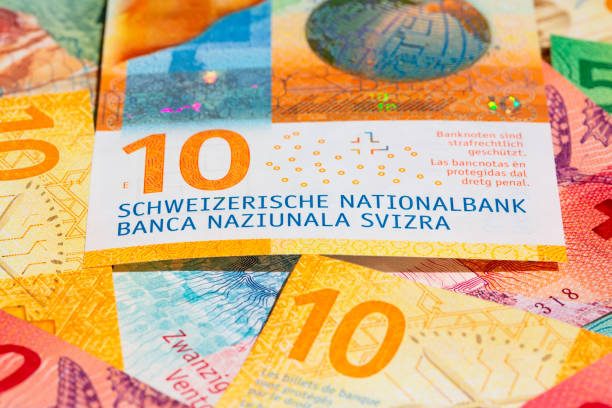German yield curve heads for fourth week of steepening

By Stefano Rebaudo
July 18 (Reuters) - The German bond yield curve was heading for its fourth straight week of steepening, as investors shifted their focus to expansionary fiscal plans, pushing long-dated yields higher while the short-dated ones held steady.
Euro area government bond markets took also cues from U.S. Treasuries, where 10-year yields rose amid concerns over the Federal Reserve's independence and a potential inflation resurgence driven by tariffs.
German 2-year government bond yields DE2YT=RR – more sensitive to expectations for European Central Bank policy rates – rose one basis point (bps) to 1.85% on Friday. They were around the same levels in early June.
Germany’s 10-year government bond yield DE10YT=RR, the euro area’s benchmark, climbed one bp to 2.70%. It was at around 2.48% in early June.
The gap between German 10-year and 2-year yields DE2DE10=RR is on track for a 4 bps rise this week. It’s also about to post a significant monthly increase in July, following a period of stability since April.
U.S. Treasury yields fell in early London trade, with the 10-year down 2 bps at 4.44% US10YT=RR, after rising modestly across most maturities on Thursday.
Economists expect the European Central Bank to stay on hold at the policy meeting next week, while possibly acting in September when there will be more clarity about the economic impact of tariffs and the outcome of trade negotiations between the U.S. and the European Union.
“If, on August 1st, the U.S. increases tariffs on Europe, I would expect some retaliation from the EU, so there is a risk of a tit-for-tat escalatory round,” said Paul Hollingsworth, head of developed markets economics at BNP Paribas.
“But that still seems like the tail risk rather than the central case right now. A deal still looks likely to be done before August 1st,” he added.
Money markets still priced in a 90% chance of a 25 bps ECB rate cut by December EURESTECBM4X5=ICAP, and a 40% chance of an easing move in September EURESTECBM2X3=ICAP.
“We have to be prepared to have an asymmetrical tariff agreement, but once again with the lowest possible rates on both sides," German Chancellor Friedrich Merz said on Friday.
Italy’s 10-year government bond yields IT10YT=RR were up 2 bps at 3.58%, with the spread between BTPs and Bund yields -- a market gauge of the risk premium investors demand to hold Italian debt -- at 88 bps. It hit 84.20 bps in June, its lowest since March 2015.
“We're relatively constructive when it comes to spreads. We think that this tightening that we've seen has been justified by fundamentals,” BNP Paribas’ Hollingsworth said, recalling that the fiscal backdrop is not deteriorating in the peripheral countries while their economies are growing.
Analysts are more cautious on France as risks of a no-confidence motion would likely intensify once a detailed budget bill is presented to parliament in October.
French Prime Minister Francois Bayrou proposed a 43.8 billion euro squeeze on Tuesday, which left-wing and far-right politicians immediately criticised.
French 10-year yields FR10YT=RR were flat at 3.39%, with the gap between French and German yields DE10FR10=RR -- a market gauge of the risk premium investors demand to hold French debt -- at 70 bps.
.jpg)
.jpg)



